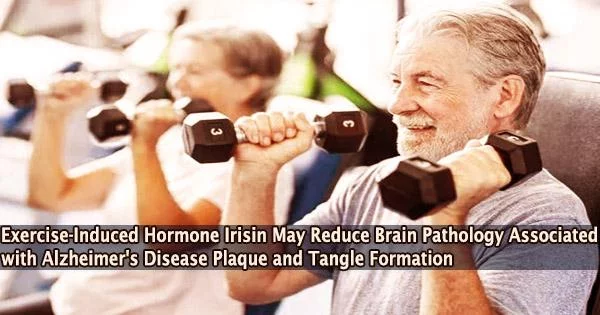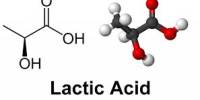Researchers have used their model to examine whether the exercise-induced muscle hormone irisin affects amyloid beta pathology. The researchers previously developed the first 3D human cell culture models of Alzheimer’s disease (AD) that display two major hallmarks of the condition: the generation of amyloid beta deposits followed by tau tangles.
As reported in the journal Neuron, the Massachusetts General Hospital (MGH)-led team has uncovered promising results suggesting that irisin-based therapies might help combat AD.
In numerous AD animal models, physical activity has been found to diminish amyloid beta deposition, although the underlying processes are still unknown.
Exercise raises blood levels of the hormone irisin, which is generated from muscles and controls lipid and glucose metabolism in fat tissue and boosts energy expenditure by hastening the browning of white fat tissue.
Irisin is found in both human and mouse brains, and studies have shown that both mice models of AD and AD patients have lower amounts of the protein.
To test whether irisin plays a causal role in the link between exercise and reduced amyloid beta, Se Hoon Choi, PhD and Eun Hee Kim, PhD, of the Genetics and Aging Research Unit at MGH, along with additional research colleagues applied the hormone to their 3D cell culture model of AD.
Our findings indicate that irisin is a major mediator of exercise-induced increases in neprilysin levels leading to reduced amyloid beta burden, suggesting a new target pathway for therapies aimed at the prevention and treatment of Alzheimer’s disease.
Rudolph Tanzi
“First, we found that irisin treatment led to a remarkable reduction of amyloid beta pathology,” says Choi. “Second, we showed this effect of irisin was attributable to increased neprilysin activity owing to increased levels of neprilysin secreted from cells in the brain called astrocytes.”
Neprilysin, an enzyme that breaks down amyloid beta, has been discovered to be higher in the brains of mice with AD that had exercise or other circumstances that resulted in less amyloid beta.
The processes underlying irisin’s association with decreased amyloid beta levels were further elucidated by the researchers. For example, they identified integrin αV/β5 as the receptor that irisin binds to on astrocytes to trigger the cells to increase neprilysin levels.
They also found that the binding of irisin to this receptor results in a reduction in the activation of pathways that involve the two important proteins extracellular signal-regulated kinase (ERK) and signal activator of transcription 3 (STAT3). Reduced ERK-STAT3 signaling was critical for irisin-induced enhancement of neprilysin.
Irisin may be effective as a treatment because prior research in mice has demonstrated that it can enter the brain after being injected into the bloodstream.
“Our findings indicate that irisin is a major mediator of exercise-induced increases in neprilysin levels leading to reduced amyloid beta burden, suggesting a new target pathway for therapies aimed at the prevention and treatment of Alzheimer’s disease,” says Rudolph Tanzi, PhD, a senior author of the study and director of the Genetics and Aging Research Unit.
Additional co-authors include Hyeonwoo Kim, Mark P. Jedrychowski, Grisilda Bakiasi, Joseph Park, Jane Kruskop,Younjung Choi, Sang Su Kwak, Luisa Quinti, Doo Yeon Kim, Christiane D. Wrann, and Bruce M. Spiegelman.
This research was supported by Cure Alzheimer’s Fund (R.E.T., S.H.C., and C.D.W.); JPB Foundation (R.E.T. and B.M.S.); NIH R56AG072054 and 1R21AG062904 (S.H.C. and C.D.W.); Coins for Alzheimer’s Research Trust (S.H.C.), and BrightFocus Foundation Fellowship A2020870F (E.K.).
















